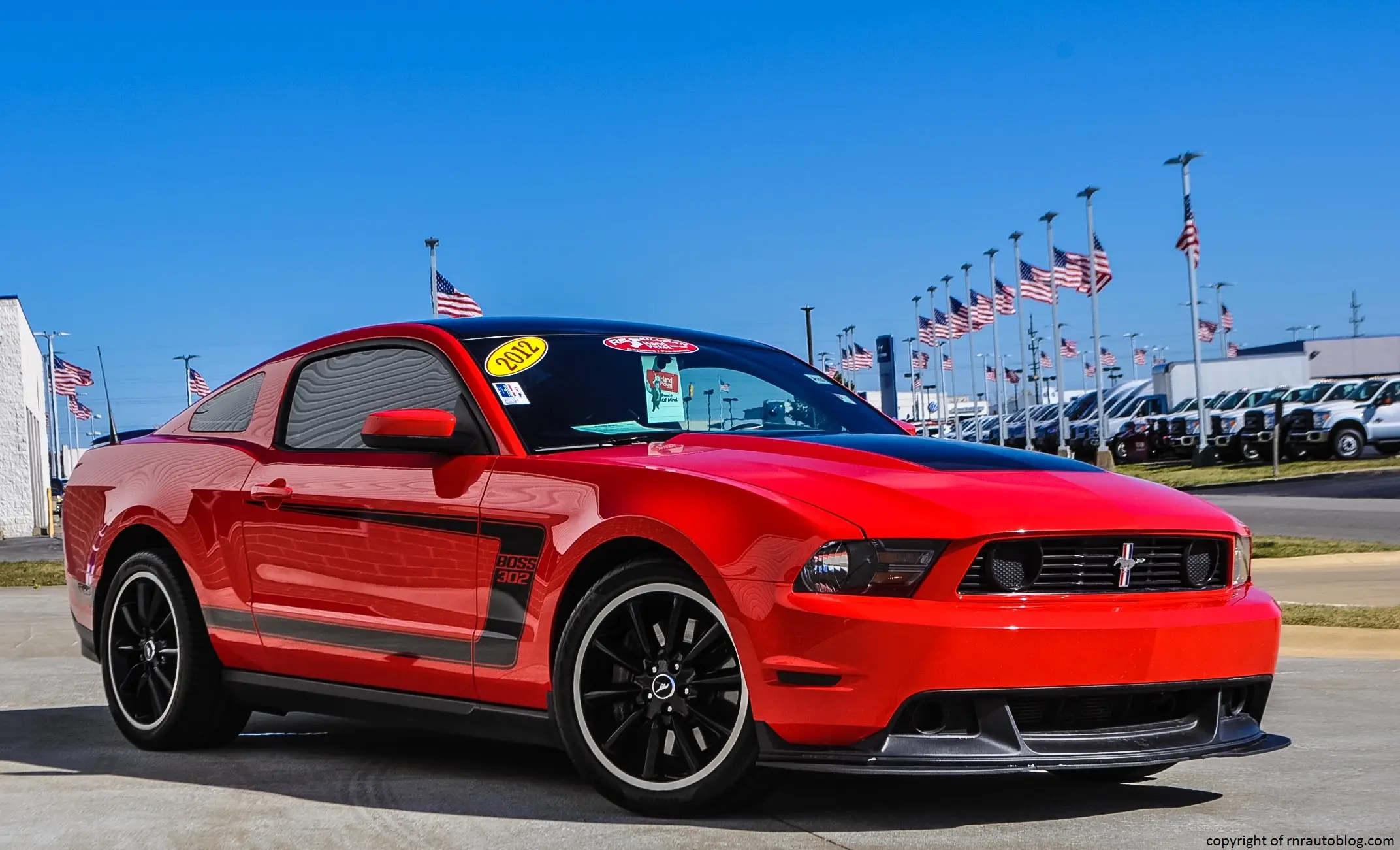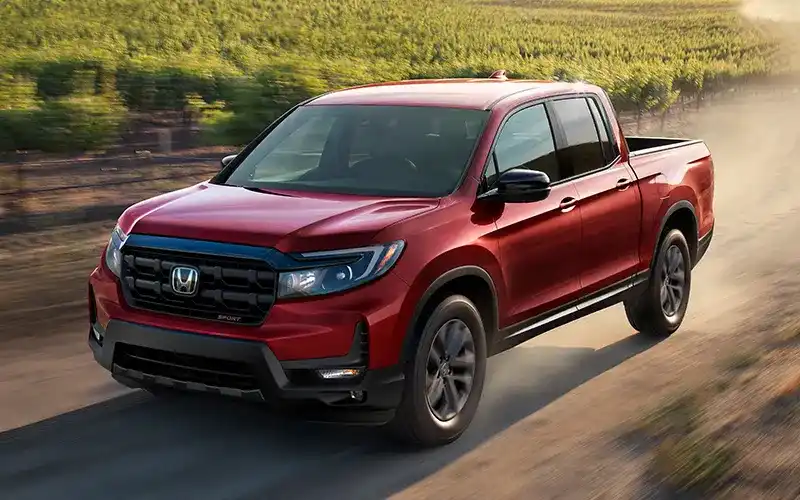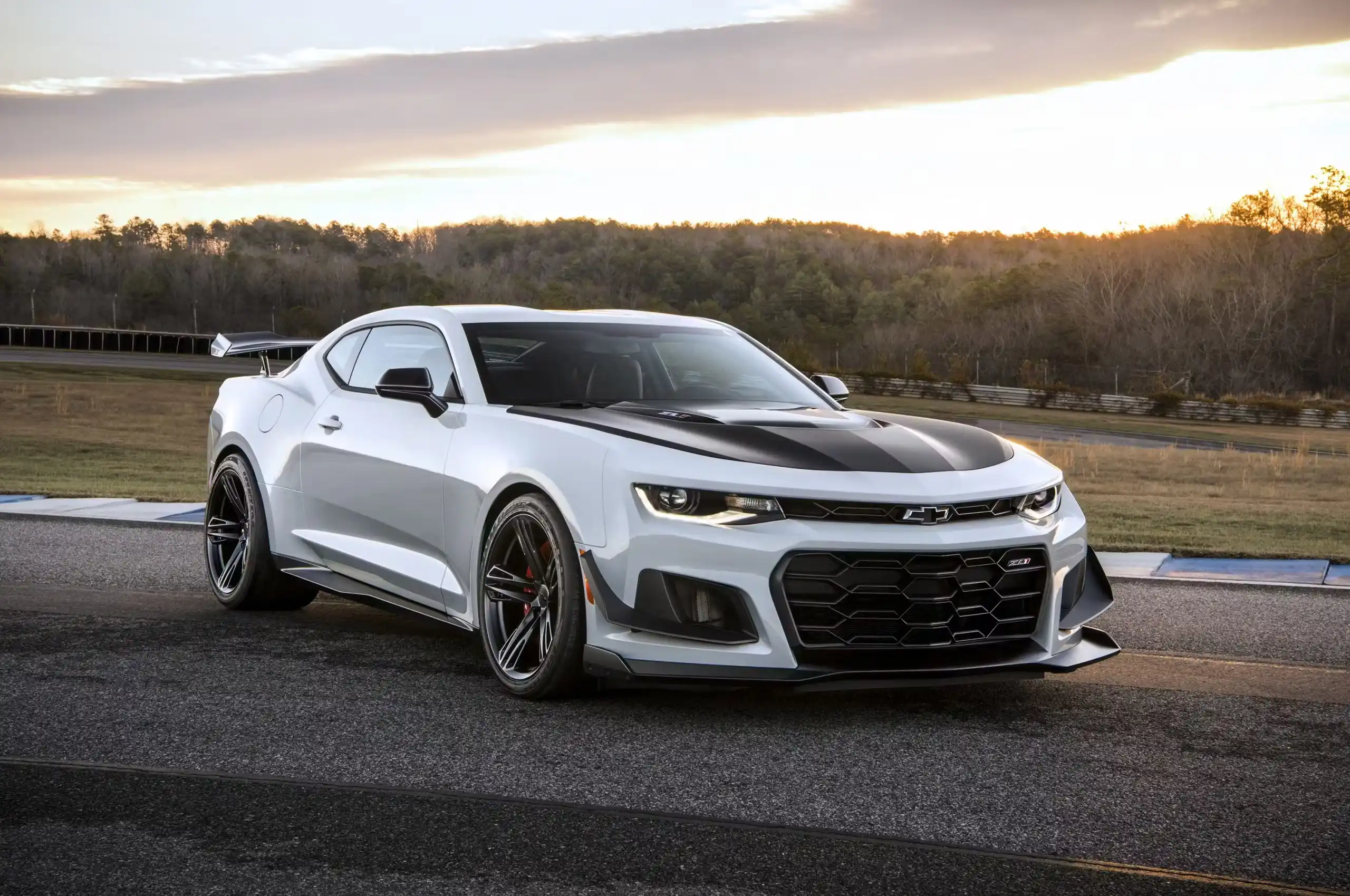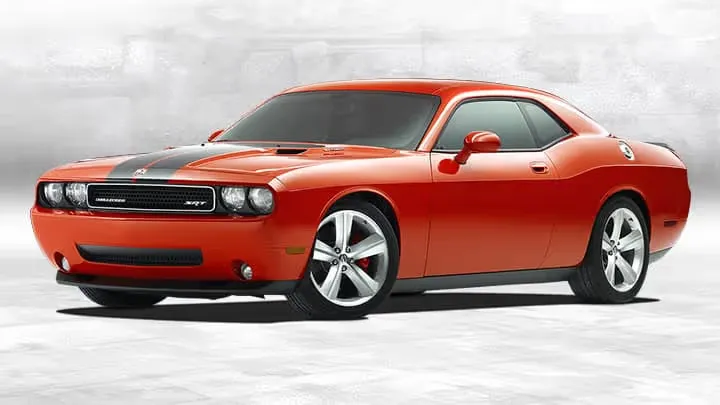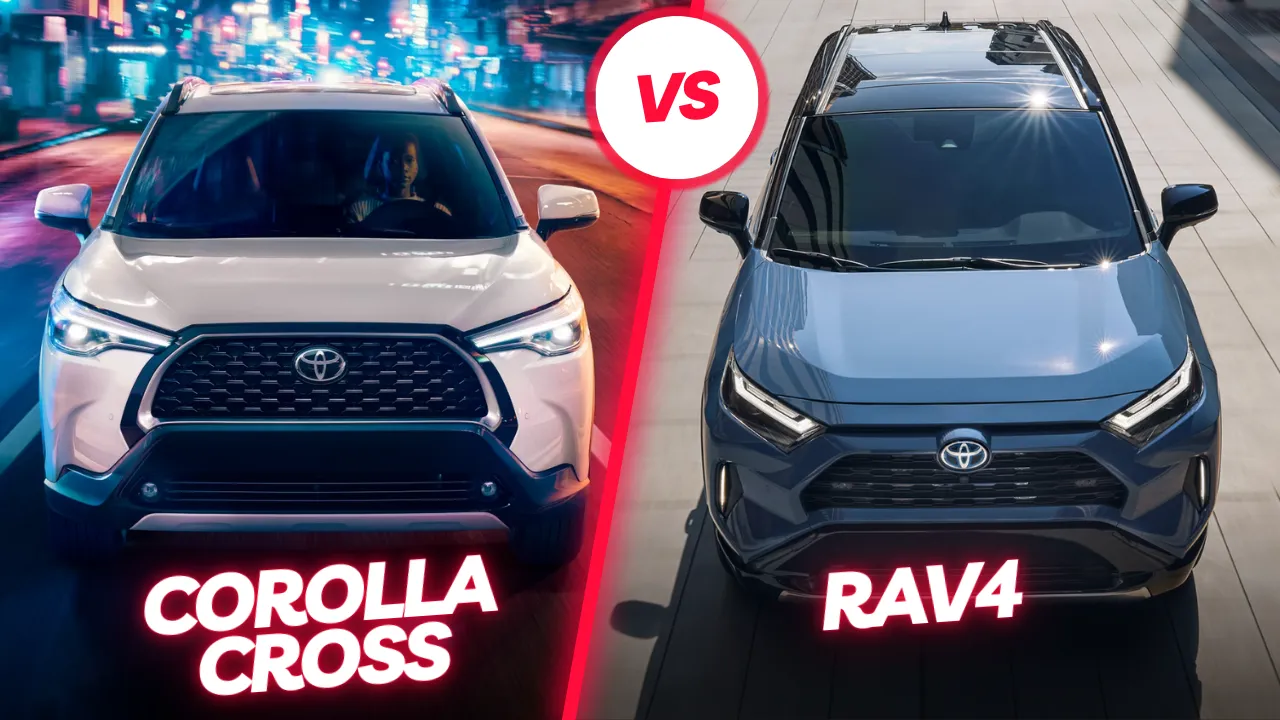The 2012 Ford Mustang Boss 302 wasn’t just a car—it was a comeback story. When Ford revived the Boss 302 badge after decades, it did more than pay tribute to the original 1969 legend. It delivered a track-ready modern muscle car with real power, real handling, and real presence. From its roaring V8 to its sharp cornering ability, this car quickly earned respect from critics and enthusiasts alike. Even today, it’s considered one of the most exciting driver-focused Mustangs ever made.
2012 Boss 302 at a Glance
| Specification | Detail |
|---|---|
| Engine | 5.0L V8 “Roadrunner” |
| Horsepower | 444 hp @ 7,500 rpm |
| Torque | 380 lb-ft @ 4,500 rpm |
| 0–60 mph | Approx. 4.0 seconds |
| Transmission | 6-speed manual |
| Top Speed | 155 mph (electronically limited) |
| Brakes | 14” Brembo front brakes |
| Drive Type | Rear-Wheel Drive (RWD) |
| TracKey Option | Yes (with track tune) |
| Laguna Seca Edition | Yes (750 units made) |
Engine and Performance: Built for Thrills
Under the hood of the 2012 Ford Mustang Boss 302 is a reworked version of Ford’s 5.0-liter “Coyote” V8 engine. But this isn’t the same V8 found in a standard Mustang GT. Ford engineers gave it forged pistons, upgraded connecting rods, CNC-ported heads, and a special intake manifold inspired by the Shelby GT500. The result? A stunning 444 horsepower and 380 lb-ft of torque. This naturally aspirated beast revs all the way to 7,500 RPM and does 0–60 mph in just around 4 seconds.
Mated to a close-ratio 6-speed manual transmission, the Boss 302 is pure joy for anyone who loves to shift. One standout feature was the optional TracKey—a red key that unlocked a more aggressive tune, adjusting over 200 engine parameters for track use. It was like having two personalities in one car: calm on the street, crazy on the circuit.
Suspension and Handling: Ready for the Track
To match the engine upgrades, the 2012 Ford Mustang Boss 302 received major suspension tuning. It came with stiffer springs, adjustable shocks, a thicker rear stabilizer bar, and a lowered ride height. The front brakes were 14-inch Brembo units, borrowed from the GT500, giving it serious stopping power.
Handling was sharp, controlled, and confidence-inspiring. The electric steering system was specially calibrated for better feedback. Whether you’re racing through a twisty backroad or pushing the car on a track day, it felt tight and planted. For even more hardcore drivers, the Boss 302 Laguna Seca Edition took things up a notch by ditching the rear seats, adding chassis bracing, a bigger rear wing, and R-compound tires.Exterior Design: Retro Muscle With Modern Attitude
The 2012 Ford Mustang Boss 302 wasn’t just about power—it looked the part too. The design echoed the iconic 1969 Boss with black side stripes, a black roof, a bold grille, and functional aerodynamic tweaks. The front splitter improved airflow and reduced lift at high speeds, while the rear spoiler helped with stability.
The side-exit exhaust gave it a distinctive rumble that echoed the original Boss’s muscle car sound. Optional Recaro seats and a Torsen limited-slip differential rounded out the performance package, blending form and function into a striking presence on the road.
Exterior Design: Retro Muscle With Modern Attitude
The 2012 Ford Mustang Boss 302 wasn’t just about power—it looked the part too. The design echoed the iconic 1969 Boss with black side stripes, a black roof, a bold grille, and functional aerodynamic tweaks. The front splitter improved airflow and reduced lift at high speeds, while the rear spoiler helped with stability.
The side-exit exhaust gave it a distinctive rumble that echoed the original Boss’s muscle car sound. Optional Recaro seats and a Torsen limited-slip differential rounded out the performance package, blending form and function into a striking presence on the road.
Interior Features: Driver-Focused, No Fluff
Inside, the Boss 302 was all business. It skipped unnecessary luxuries for a clean, performance-first cabin. Standard features included high-bolstered cloth Recaro sport seats and a suede-wrapped steering wheel for maximum grip. A basic SYNC system came included, but this Mustang wasn’t about infotainment—it was about feel.
The gauges were easy to read, and the shift knob was exactly where your hand wanted it to be. Everything inside was placed with the driver in mind, not the passenger.
Real-World Driving: What It Feels Like Behind the Wheel
Driving the 2012 Ford Mustang Boss 302 is a raw, mechanical experience—exactly what a muscle car should be. The exhaust roars, the gear changes feel rewarding, and the road feedback comes alive through the steering wheel. It’s a car that makes you want to drive, not just ride. Publications like Wired called it one of the best Mustangs ever made, praising its blend of old-school muscle with modern-day precision.
Collectibility and Market Value
The 2012 Ford Mustang Boss 302 is quickly becoming a modern classic. Only about 3,250 standard Boss 302s and 750 Laguna Seca Editions were built that year, making them relatively rare. Because of their blend of performance and limited production, values for clean, low-mileage models remain strong. Many car collectors now see the 2012–2013 Boss as one of the best investments from the early 2010s era of American performance.
Conclusion
The 2012 Ford Mustang Boss 302 was—and still is—a muscle car with soul. It brought back the magic of the ’60s with modern upgrades that made it a true track weapon. Its raw V8 power, precise handling, and driver-first design made it stand out even in a world of turbocharged engines and dual-clutch gearboxes. If you want a Mustang that connects you to the road—and to history—the Boss 302 is the one to have.
FAQs About the 2012 Ford Mustang Boss 302
Q1: How much horsepower does the 2012 Boss 302 make?
It makes 444 horsepower from a naturally aspirated 5.0L V8 engine tuned for high RPM performance.
Q2: What’s the difference between the regular Boss 302 and the Laguna Seca edition?
The Laguna Seca version adds better suspension tuning, Recaro seats, a rear-seat delete with an X-brace, and stickier tires for track use.
Q3: Was an automatic transmission available for the Boss 302?
No, it only came with a 6-speed manual transmission, staying true to its enthusiast focus.
Q4: What is the TracKey feature?
TracKey is a red-colored key that activates a special race-tuned ECU setting, adjusting over 200 parameters for more aggressive driving.
Q5: Is the 2012 Boss 302 a good investment?
Yes. Its low production numbers, performance heritage, and timeless design make it a solid collectible and future classic.
Q6: How many Boss 302 models were made in 2012?
Ford built approximately 3,250 standard Boss 302s and 750 Laguna Seca editions for the 2012 model year.
Q7: Is the Boss 302 good for daily driving?
It can be daily-driven, though it’s tuned for performance. The suspension is firm, and the ride is loud—but that’s part of its charm.
I’m Waqas, an electric vehicle enthusiast and tech writer with over 6 years of experience covering the EV industry. I write in-depth articles, comparisons, and reviews to help readers understand the fast-evolving world of electric mobility. From battery technology to EV launches and charging trends, I aim to make complex EV topics simple, engaging, and informative for everyday drivers and curious readers alike.

